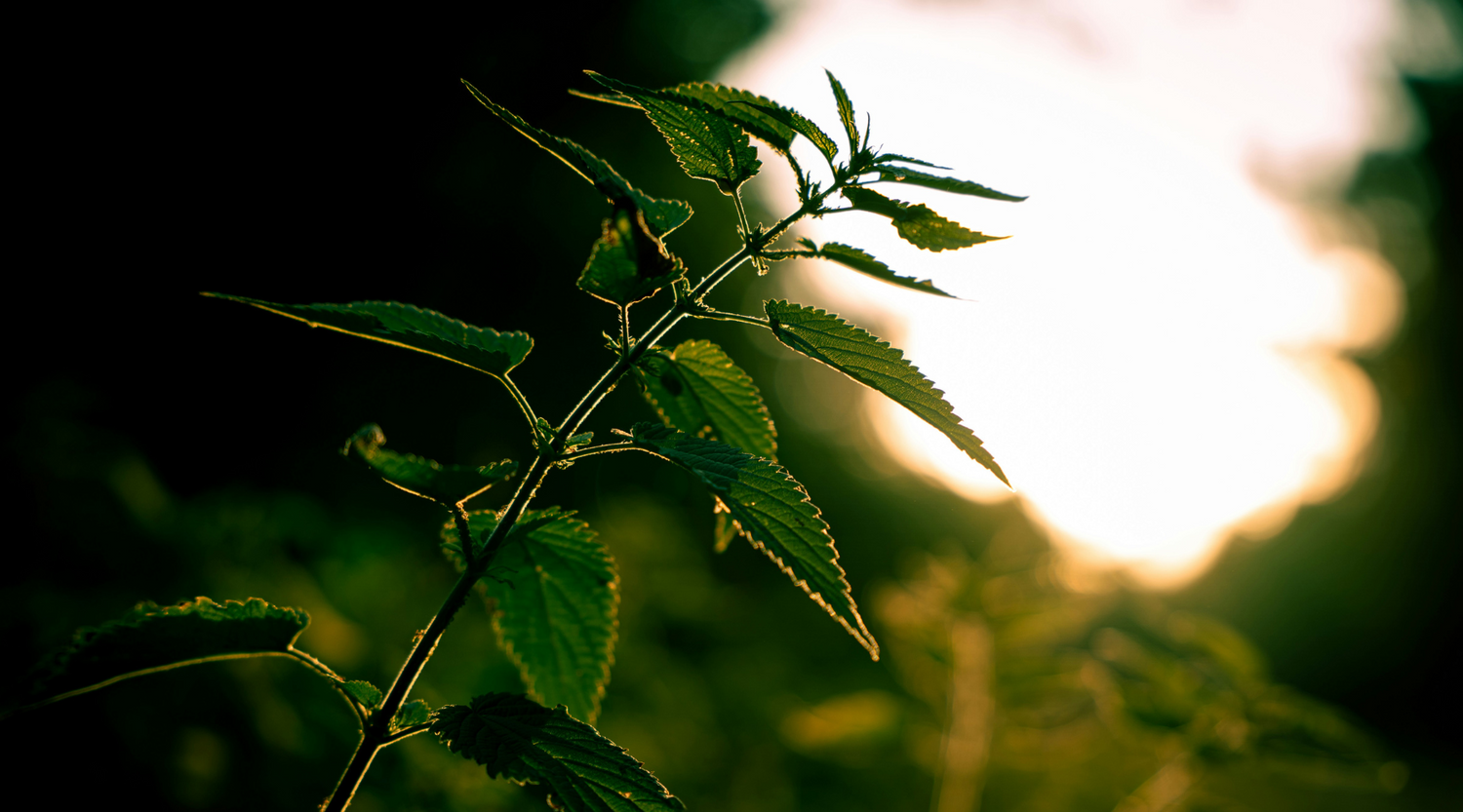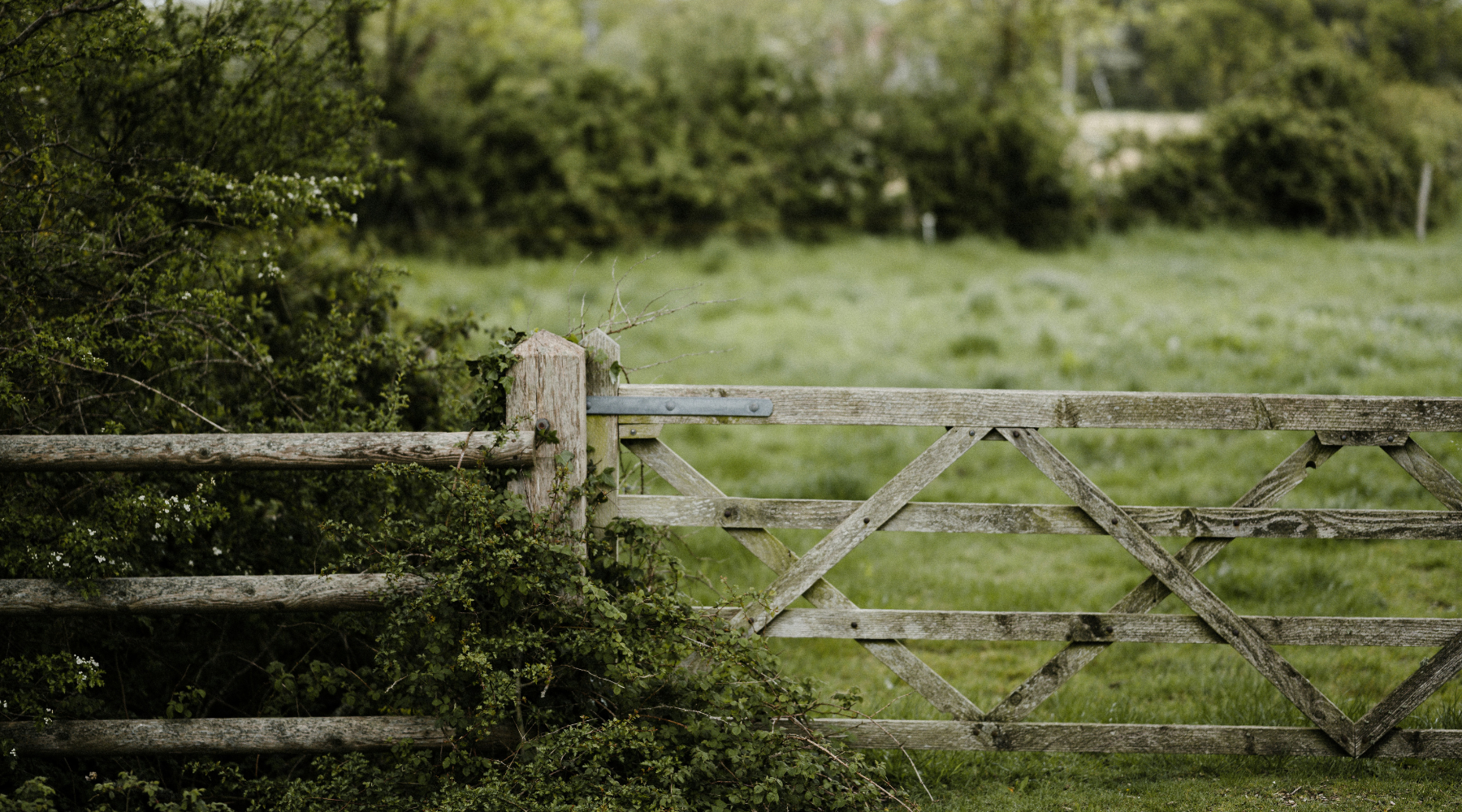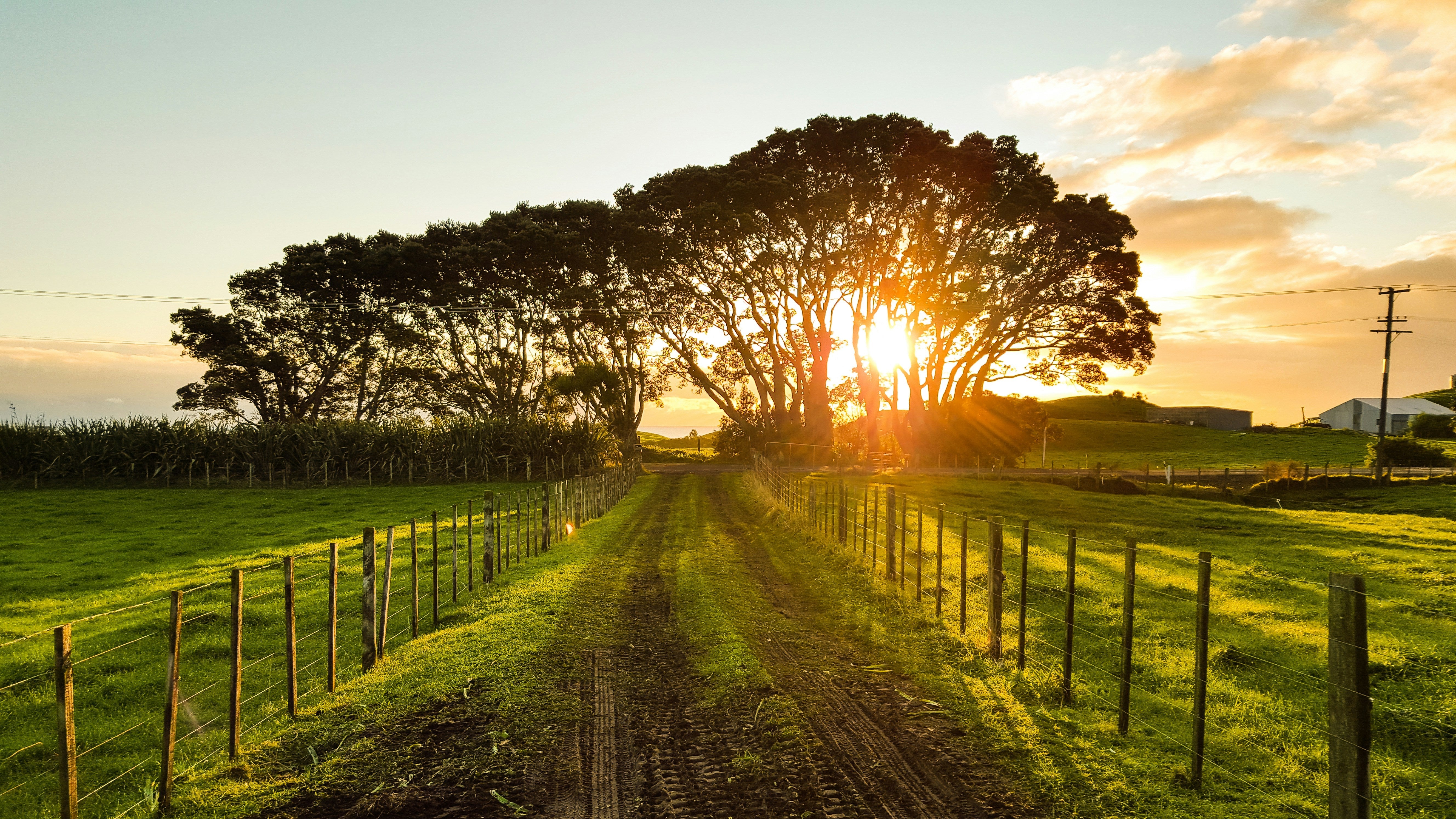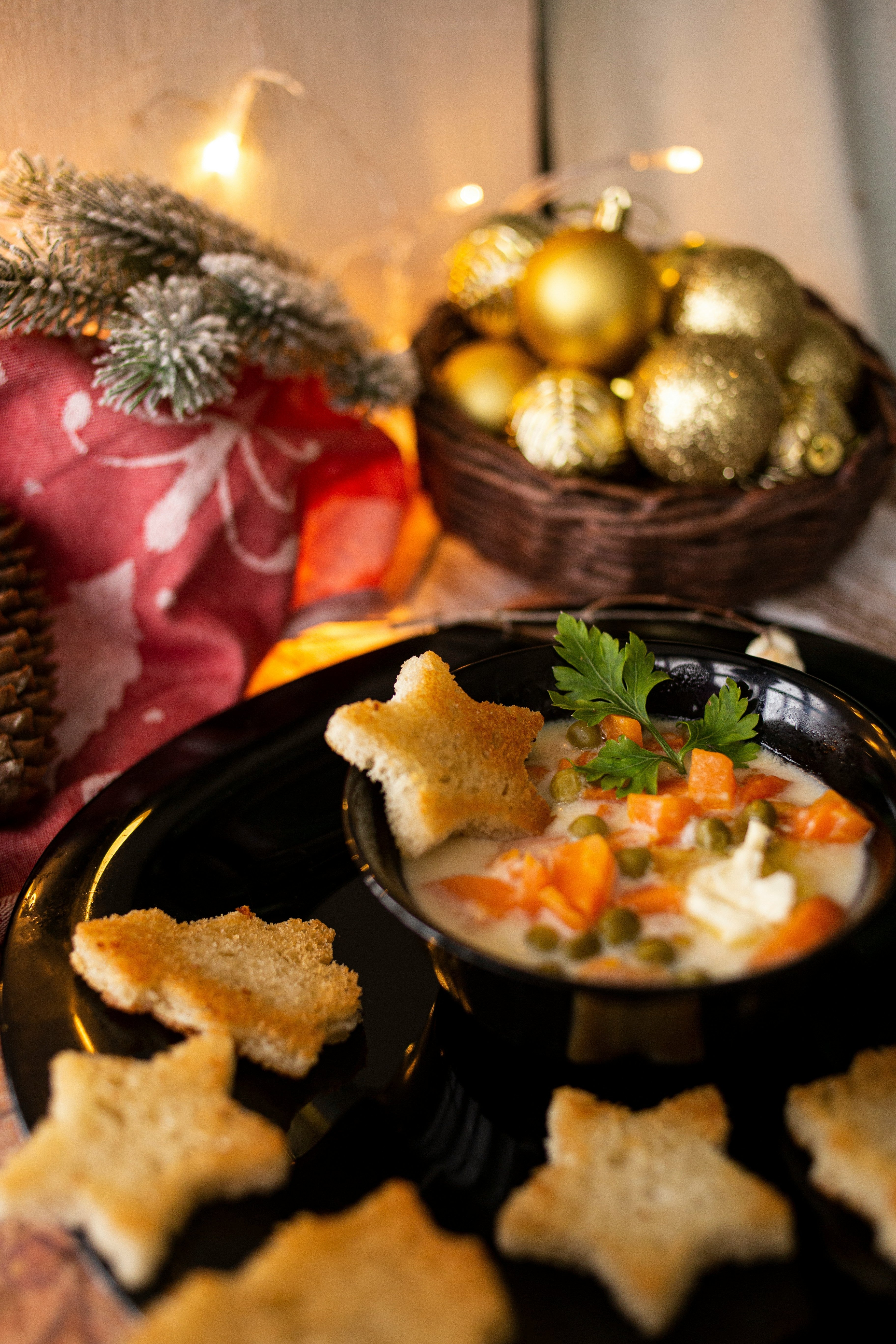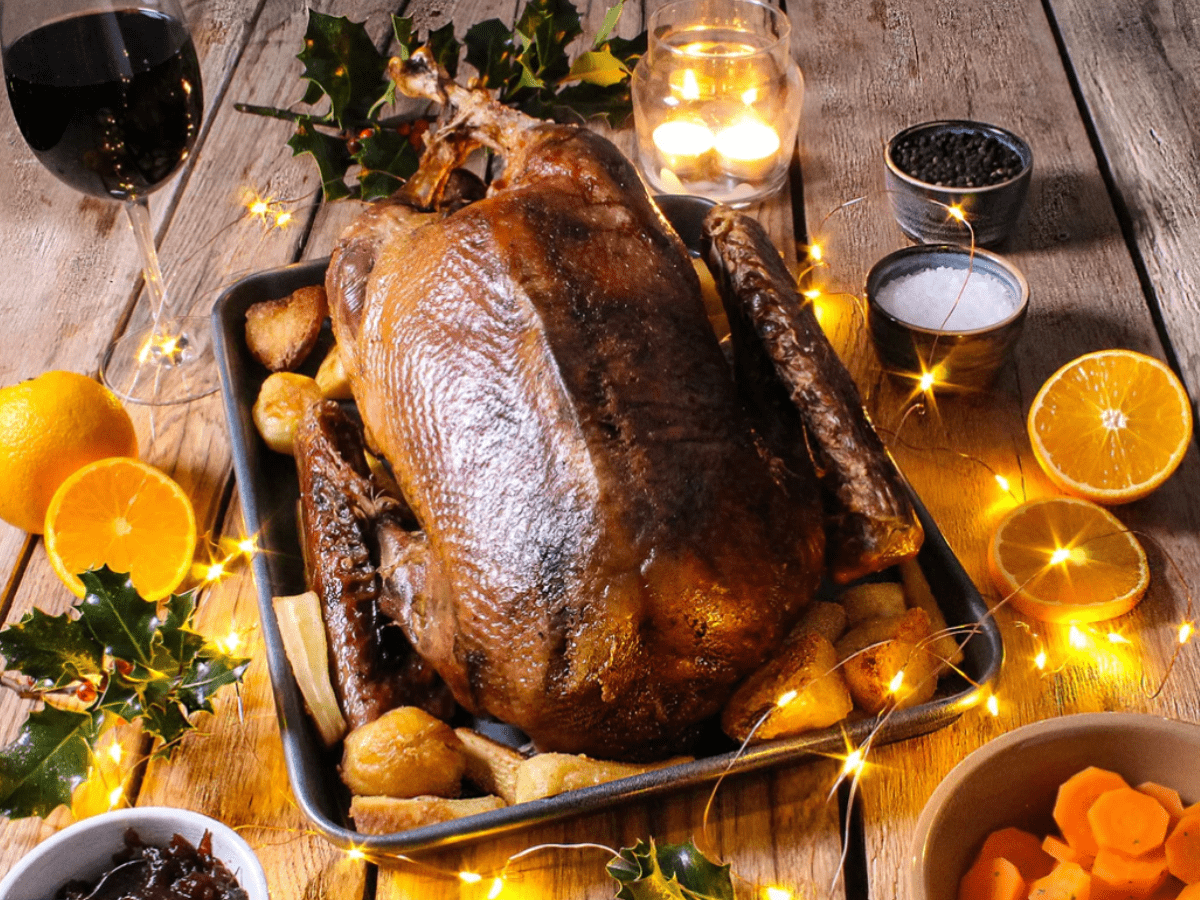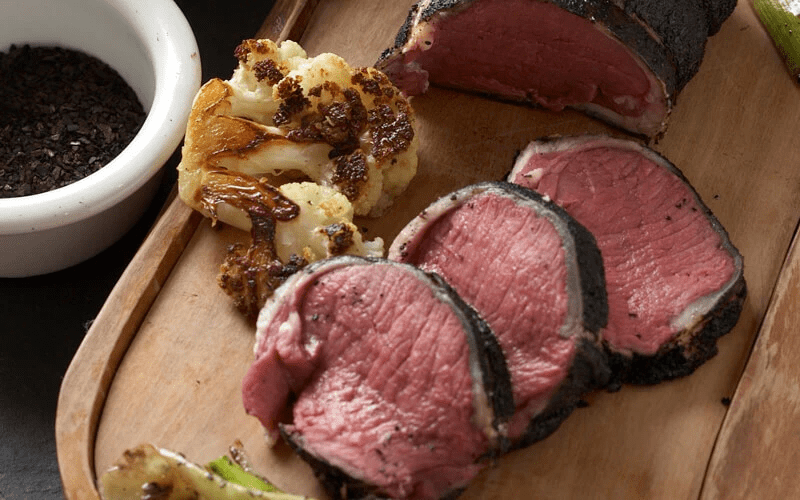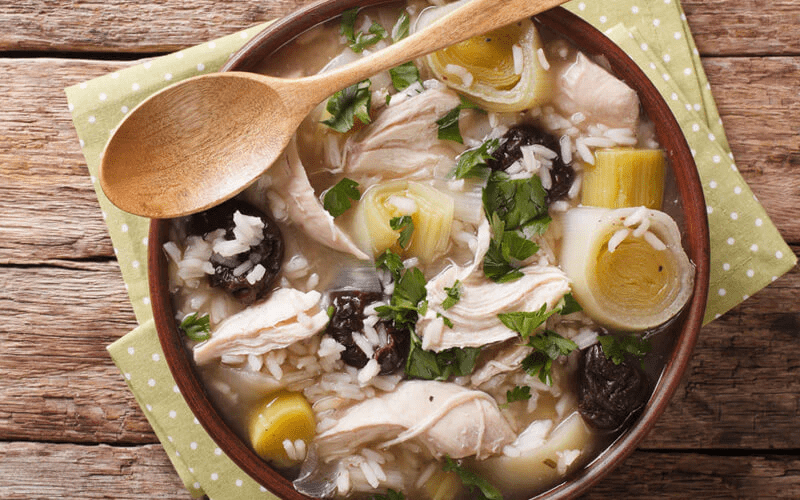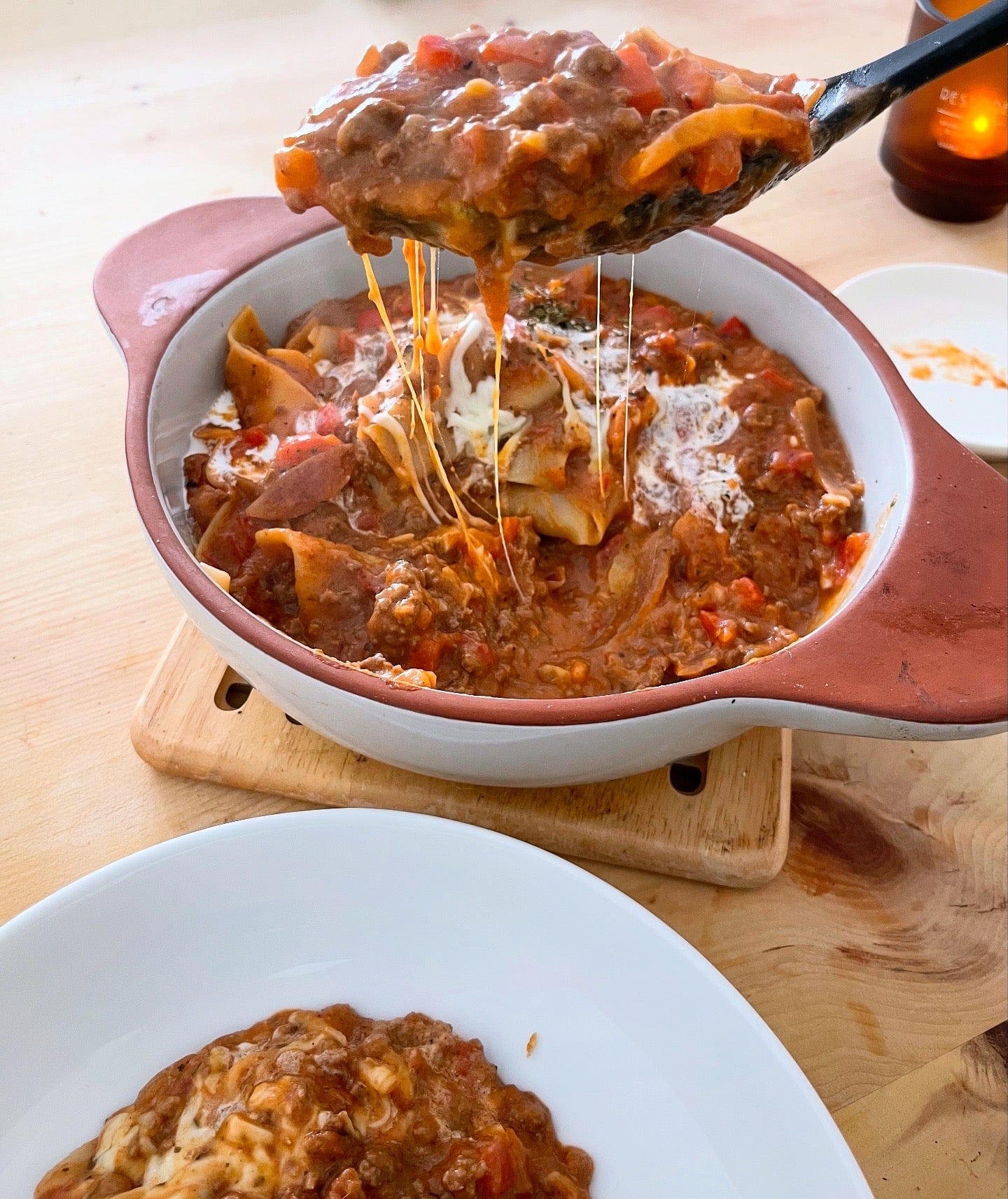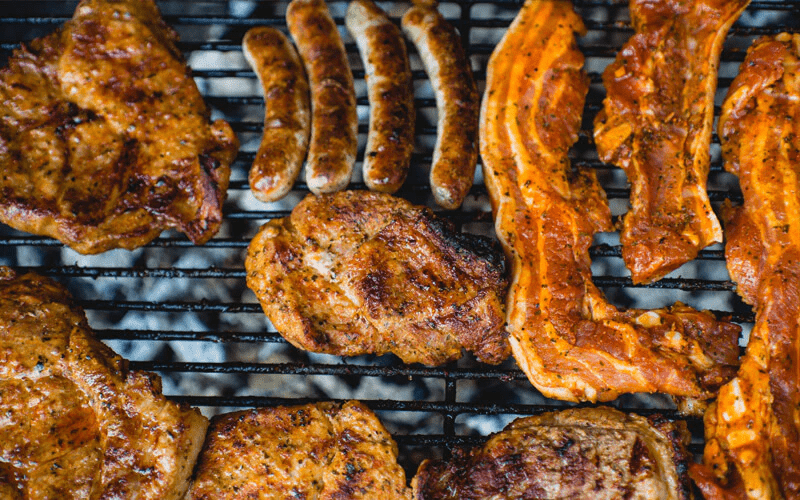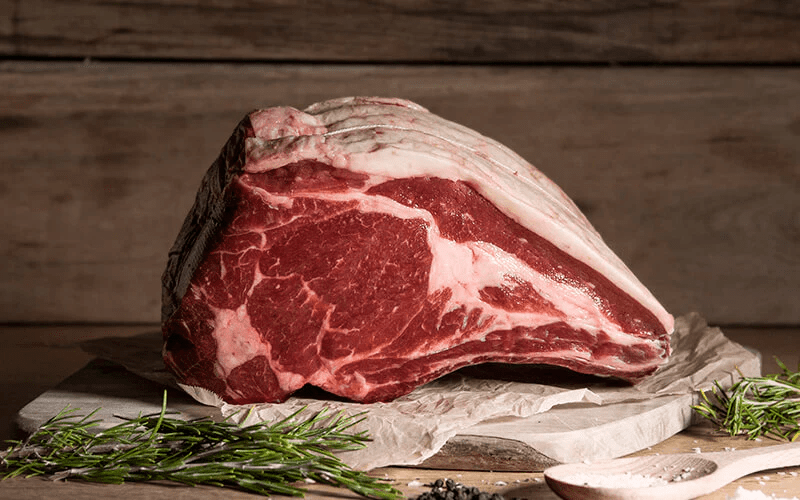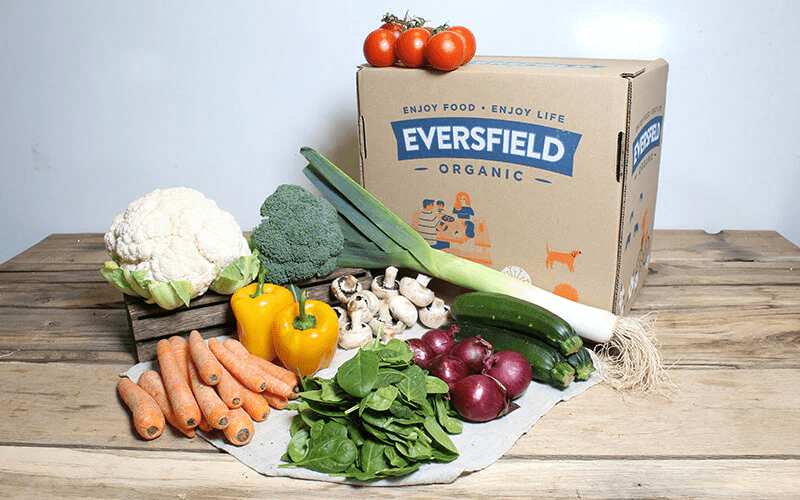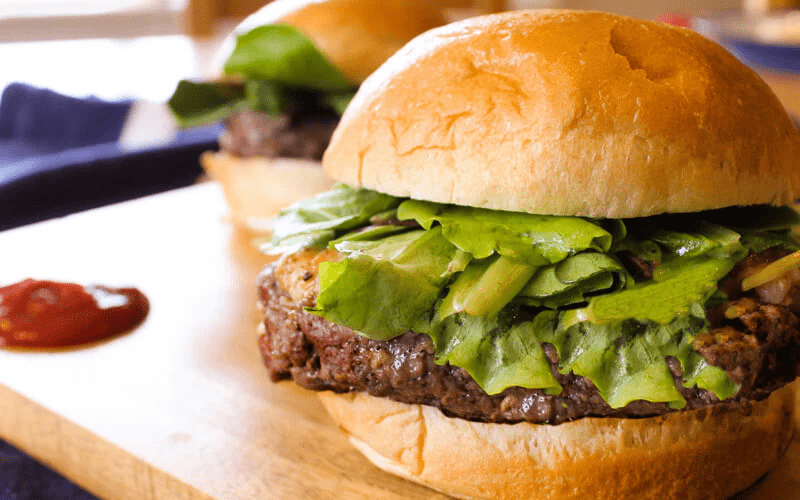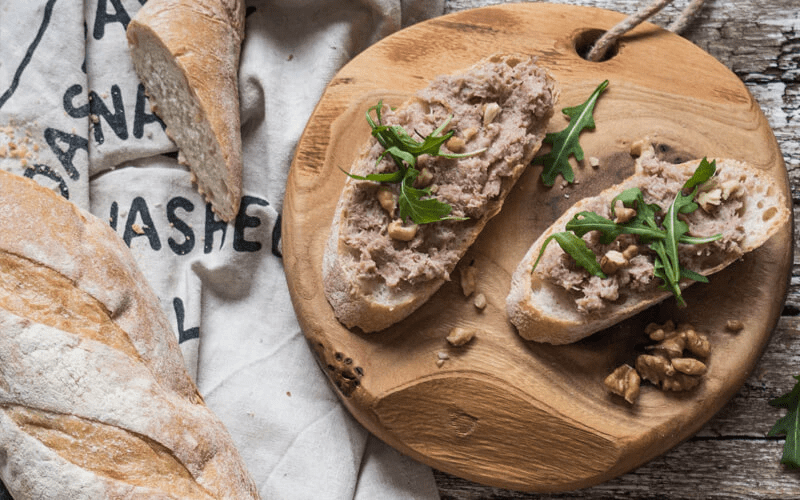Discover the superfood hiding in our gardens, verges and fields.
In childhood memories, stinging nettles often evoke images of painful encounters, followed by a rub of a dock leaf. However, beneath their prickly exterior lies a treasure trove of health benefits waiting to be explored.
A superfood in our hedges, nettles are a powerhouse of nutrients, boasting high levels of vitamin C, vitamin K, minerals, and antioxidants. These humble greens harbour medicinal properties, ranging from anti-inflammatory to analgesic, making them a popular herbal remedy for various ailments like arthritis, skin conditions, and anaemia.
Found in plentiful supply across the UK, stinging nettles are at their nutritional peak in early spring, but you can harvest all year round, although later crops may be more bitter.

How to harvest
Choose a nettle crop that is away from roadsides or agricultural land where they may have been exposed to pesticides or atmospheric pollution. Cover up well; bare ankles and wrists are prime spots for getting stung and wear gloves to protect your hands.

Young nettle leaves can be eaten raw; pinch hard on the top of the leaf and fold before chewing to avoid stings (although your tongue may still tingle!). For cooking, they can be used as a substitute for leaf spinach in recipes, when used in moderation. Their bitterness can overpower more subtle flavours.
Three easy ways to prepare nettles:
Nettle Elixir
Try this super simple recipe for a drink full of magnesium, zinc, vitamins A, C & K. It has a refreshing taste that needs no accompaniment, except for a slice of lemon.
Add 10 nettle heads to 1 litre of water and leave to infuse overnight. When infused, remove the nettle heads and your elixir is ready to drink.
For extra digestive benefits, add equal parts cleavers (also known as sticky willy or stickyjack) to your water along with the nettle heads.

Nettle Syrup
This syrup turns a spectacular shade of red and is delicious mixed with sparkling water for a healthy non-alcoholic grown up drink that the kids can enjoy too.
Boil 500g granulated sugar with 500ml of water. Leave the syrup to cool to room temperature, then add a handful of rinsed nettle leaves and leave to infuse overnight. Strain the syrup into a sterilised Kilner jar or bottle.
Store in the fridge for up to two weeks.

Nettle Gnocchi
1kg potatoes
50g fresh, washed nettle leaves
300g plain flour
1 egg
Grated nutmeg
Salt & pepper
Peel and boil the potatoes until tender, then mash them well.
Blanch the nettles, drain, and squeeze tightly to remove excess water. Finely chop the leaves and mix them with the mashed potatoes, seasoning with salt and pepper.
Flour a clean worktop and add the potato-nettle mixture. Create a hollow in the centre and add the egg, beaten gently, then incorporate it into the mixture. Sprinkle over the flour and fold it in, using a scraper to ensure all ingredients are combined. Knead gently until the dough is soft and moist, taking care not to overwork it.
Cut the dough into 4 pieces and roll each piece into a sausage shape about an inch in diameter. Cut small sections from the sausage and gently flatten them with the tines of a fork to create the distinctive gnocchi shape.
Cook the gnocchi in plenty of salted, boiling water for a couple of minutes until they rise to the top of the pan. Remove them with a slotted spoon and serve immediately with butter, Parmesan, and your choice of sauce.
For a seasonal treat, pair with our rich pheasant ragu recipe.

Note: Never eat any foraged plant unless correctly identified as edible. Some plants are poisonous and should never be consumed. Always check that you do not have any sensitivities or allergies to the ingredient before using. Only forage where you have permission to do so.


